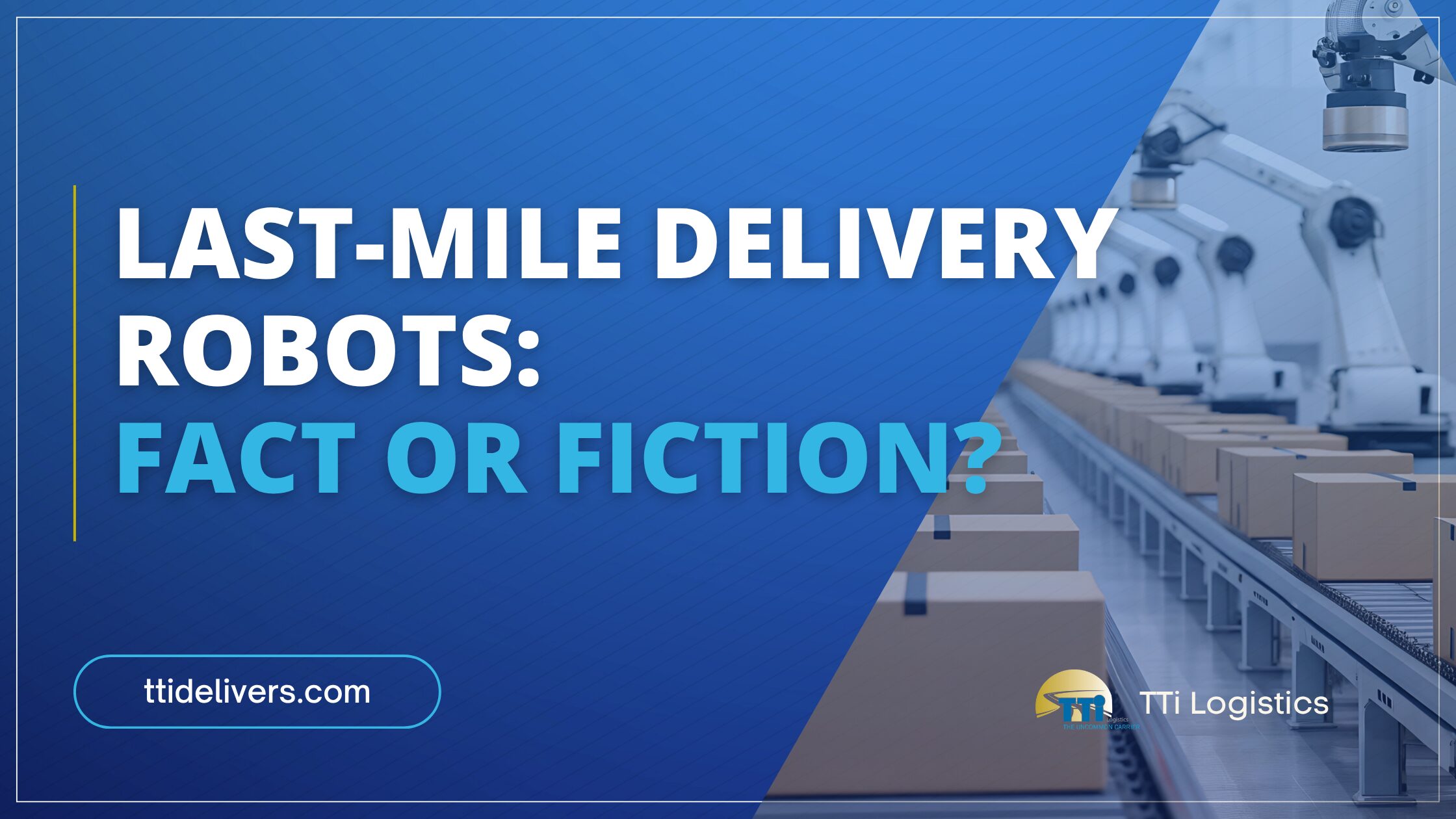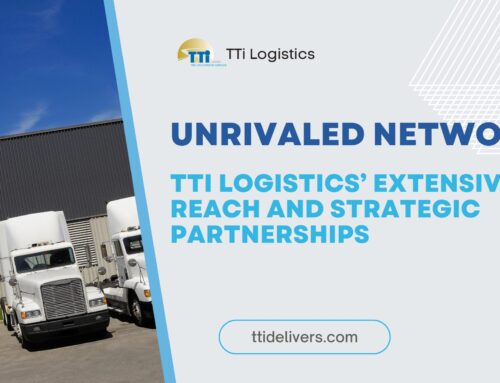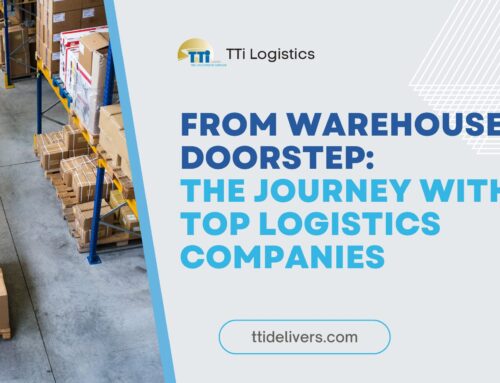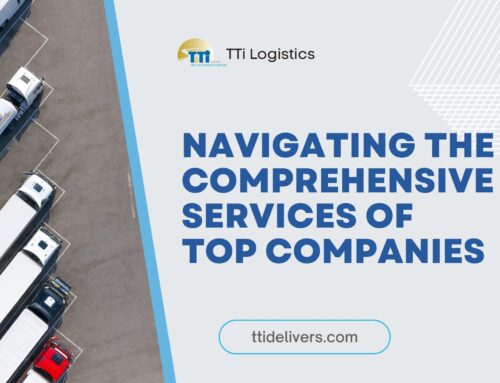The Final Frontier of Logistics Is Rolling Down the Sidewalk
What Are Last-Mile Delivery Robots?
Last-mile delivery robots are small, autonomous vehicles designed to carry packages from a nearby distribution hub directly to a customer’s doorstep. They typically travel on sidewalks or bike lanes, use GPS and camera systems for navigation, and are built to:
- Avoid pedestrians and obstacles
- Cross streets at designated points
- Carry parcels, food, or groceries up to a certain weight
- Unlock for delivery via app or code
These bots are generally electric-powered, environmentally friendly, and designed to reduce the cost and environmental impact of short-range deliveries.
Examples of Common Robot Platforms
- Starship Technologies — sidewalk delivery robots used on many college campuses.
- Amazon Scout — Amazon’s autonomous delivery experiment (paused for reevaluation).
- Kiwibot — compact food delivery robots active in select cities and campuses.
- Serve Robotics — autonomous bots focused on food delivery partnerships.
- Nuro — a larger, road-based autonomous vehicle for groceries and prescriptions.
What Problems Are Last-Mile Robots Trying to Solve?
- High Last-Mile Delivery Costs — last mile can account for a large share of e-commerce shipping expense; robots aim to lower costs via automation.
- Labor Shortages — bots offer reliable, 24/7 availability when driver capacity is tight.
- Urban Congestion & Emissions — sidewalk bots are compact and electric, helping reduce road traffic versus vans.
- Demand for Faster, Low-Cost Delivery — enabling micro-fulfillment models and local hubs to shorten delivery windows.
How Do Last-Mile Robots Work?
- GPS and HD maps to chart efficient routes
- LIDAR/ultrasonic sensors for obstacle detection
- AI cameras for object recognition and decisions
- 4G/5G connectivity for real-time data
- Remote human oversight for interventions
Robots typically travel at 3–5 mph for short-range trips (often under 3 miles). Customers are notified on arrival and unlock the compartment via app or code.
Current Use Cases and Deployment Areas
- College Campuses — controlled paths and predictable traffic (ideal for pilots).
- Suburban Neighborhoods — low-traffic residential areas with continuous sidewalks.
- Corporate & Healthcare Campuses — on-campus deliveries to free up staff time.
- Micro-Fulfillment Centers — urban “dark stores” serving nearby blocks.
What’s Holding Back Mass Adoption?
- Infrastructure Limitations — cracked sidewalks, missing curb cuts, steep grades.
- Limited Range & Payload — many bots carry <25 lbs and only travel short distances.
- Weather Vulnerability — rain, snow, and heat can degrade performance.
- Public Acceptance & Vandalism — attention, tampering, and novelty risks.
- Regulatory Uncertainty — rules vary by city/state; permits and bans coexist.
- Safety & Liability — questions around pedestrian safety and responsibility.
Fact or Fiction? The Current Reality
Robots are a niche solution with real potential—useful in specific geographies and operating models, but not a universal replacement.
- Where They Make Sense: hyperlocal (1–2 miles), campuses, smart-city corridors, sustainability-focused brands.
- Where They Fall Short: rural areas, dense cities with poor sidewalks/extreme weather, heavier loads.
The Future Outlook for Last-Mile Robots
- AI & Sensor Improvements — better vision, edge compute, and autonomy.
- Fleet Coordination Platforms — real-time dispatching and monitoring at scale.
- E-commerce & 3PL Integration — “robot delivery” as a checkout option.
- Sustainability-Driven Adoption — support net-zero targets on short routes.
- Policy & Infrastructure — robot-friendly sidewalks, charging, and curb space.
How TTi Logistics Evaluates Emerging Delivery Tech
As a full-service partner, TTi Logistics assesses when and where automation adds value, alongside proven options such as direct delivery, expedited ground, and warehouse & distribution. For visibility and control, clients can leverage tools like our inventory tracking system, and for event use cases we coordinate trade show shipping and specialized high-value product handling. For hospitality needs, see our dedicated hospitality logistics services.
Rolling Toward the Future: Keep Your Eye on the Sidewalk
While a robot rolling up to your doorstep still feels futuristic, the reality is getting closer. As costs fall and tech matures, expect more bots in niche markets—and gradual expansion across smart campuses and select corridors.
Whether you’re optimizing traditional last-mile delivery or testing autonomous pilots, TTi helps you design the right mix—people, processes, and technology—for reliable results.







